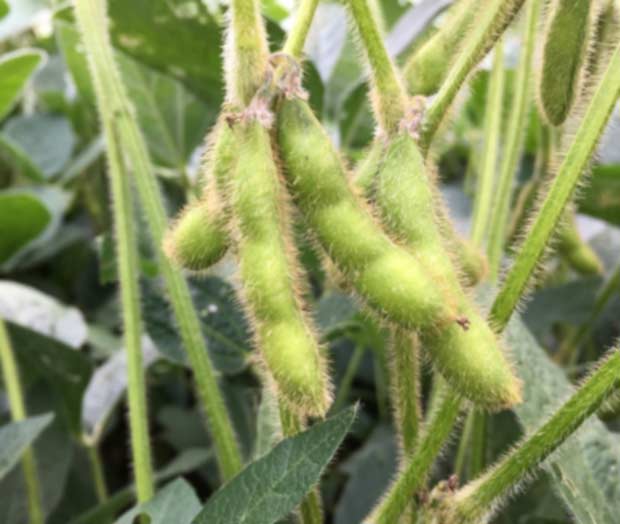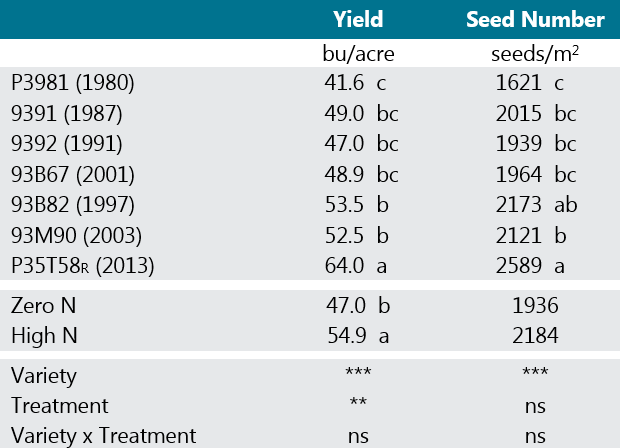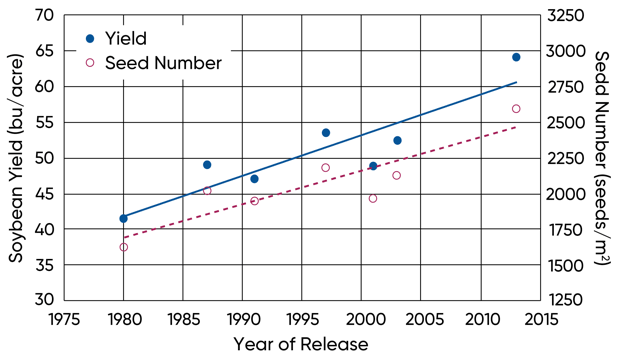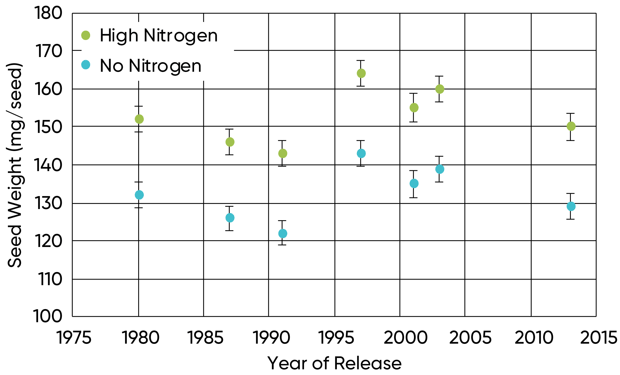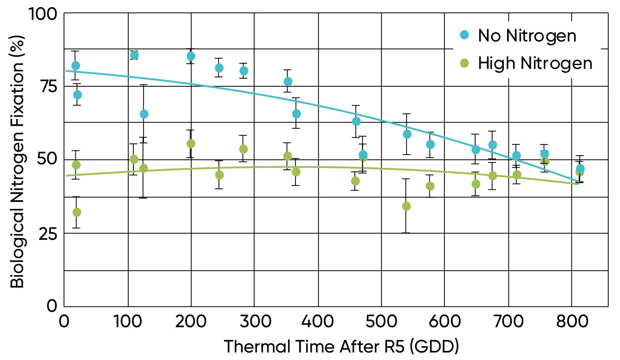Authors: Santiago Tamagno and Dr. Ignacio A. Ciampitti; Department of Agronomy, Kansas State University
April 2020

The foregoing is provided for informational use only. Please contact your Pioneer sales professional for information and suggestions specific to your operation. 2016-2017 data are based on average of all comparisons made in one location through December 1, 2017. Multi-year and multi-location is a better predictor of future performance. Do not use these or any other data from a limited number of trials as a significant factor in product selection. Product responses are variable and subject to a variety of environmental, disease, and pest pressures. Individual results may vary. Pioneer® brand products are provided subject to the terms and conditions of purchase which are part of the labeling and purchase documents. Varieties with the Glyphosate Tolerant trait (including those designated by the letter “R” in the product number) contain genes that confer tolerance to glyphosate herbicides. Glyphosate herbicides will kill crops that are not tolerant to glyphosate. ¹All Pioneer products are varieties unless designated with LL, in which case some are brands.
